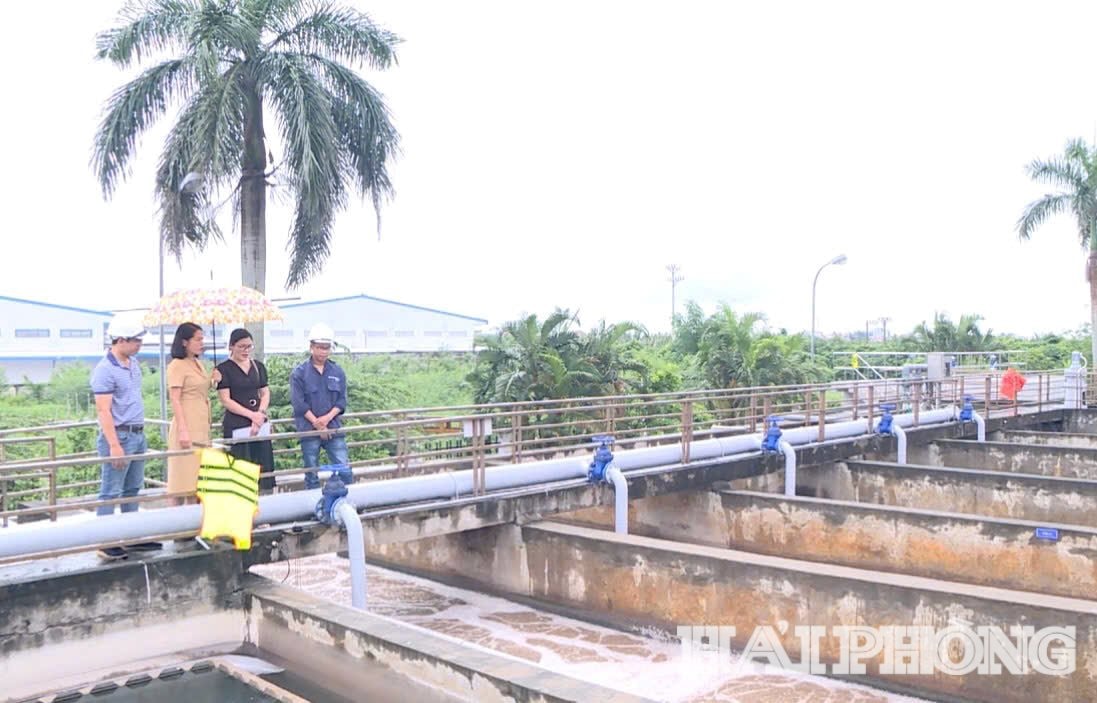Major benefits from implementing carbon credit mechanism in Hai Phong
Hai Phong’s city budget will retain 100% of revenues generated from carbon credit trading.

Potential market
After the recent merger with Hai Duong province, Hai Phong has diversified its options for selling carbon credits, particularly forest ones. Forest carbon credits are understood as the ability of forest owners to convert the forest area they manage and protect into the amount of greenhouse gases absorbed, which can then be sold on the market through an emissions reduction mechanism.
Hai Phong currently has more than 33,096 ha of forest and forestry land, including over 11,000 ha of special-use forests, nearly 16,740 ha of protection forests, and more than 4,955 ha of production forests. Of the total area, around 10,000 ha are natural forests. These forests are capable of absorbing tens of thousands of tons of greenhouse gases annually.
The number of enterprises seeking to purchase carbon credits is also significant. As an international seaport, logistics, high-tech industry, and modern service hub after the merger, Hai Phong is home to numerous major enterprises and economic groups.
In the eastern part of Hai Phong, as of June 2025, 107 enterprises were required to conduct greenhouse gas inventories, with more to be added in the coming period. These companies are major emitters that must implement emission reduction measures according to set roadmaps.
Substantial revenue from carbon credit mechanism
According to a proposal for piloting special mechanisms and policies for the city development, if Hai Phong meets the target of reducing at least 43.5% of emissions compared to the development scenario by 2030, it could cut about 3 - 5 million tons of CO₂ per year (assuming current total emissions are around 7 - 10 million tons of CO₂ annually). This would generate an estimated 120 - 250 million USD annually (based on an international market price of 40 - 50 USD per ton of CO₂) if Hai Phong successfully participates in the carbon credit market and fully leverages trading and offset mechanisms.

Beyond economic benefits, the carbon credit mechanism encourages businesses to closely link economic growth with environmental protection. At the seminar “Green transition in industrial parks for Hai Phong’s sustainable development” held on March 6, 2025, Bruno Jaspert, General Director of the DEEP C Industrial Park Complex, said that his business is investing in wind and solar power projects, while DEEP C is also transitioning to electric vehicles instead of conventional fuel-powered ones, with the aim of achieving net-zero emissions by 2050.
Taking advantage of pilot policies
Carbon credits for trading include those generated from programs and projects under carbon credit exchange and offset mechanisms, funded by the city’s budget, and traded with domestic and foreign investors.
The city People’s Committee will coordinate with the Ministries of Industry and Trade, Agriculture and Environment, Construction, and Finance to determine the city’s share of greenhouse gas reduction and absorption for national targets before conducting carbon credit trading.
The city People’s Council decide to use revenues from carbon credit transactions to fund projects addressing climate change, and supporting green, digital, and circular economy development.
According to Pham Van Thuan, Deputy Director of the Department of Agriculture and Environment, an exchange platform will serve as the venue where carbon credits are issued, listed, and traded among stakeholders. The pilot carbon credit exchange, as one of the tools to develop a local carbon market, will prepare both authorities and businesses to participate in Vietnam’s future domestic carbon market, while accelerating Hai Phong’s progress in achieving its greenhouse gas reduction targets.
BAO CHAU
